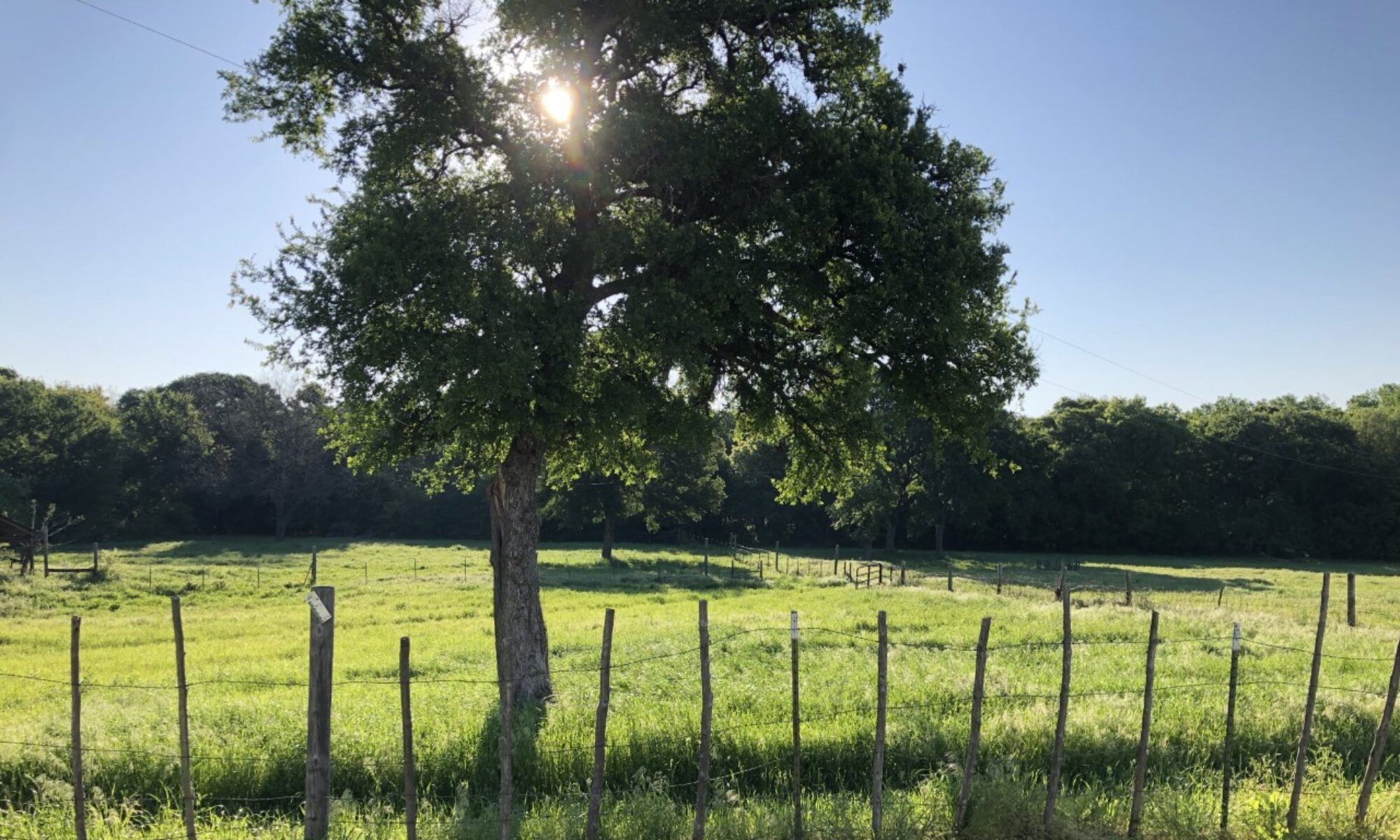
(1941 Ford 9N tractor needs a name)
I’m not mechanical. I can change my oil and I’ve done alternators and batteries and the like, but parts swapping is not real mechanical problem solving. Part of the allure of the antique tractor is the reputation for being an easy and simple system to keep in good repair.
That is probably true, and I’m learning how to do that. The problems kicked off when I unloaded a rotary shredder after dark and came inside for the night. The next morning the tractor no worky.

When I get time to troubleshoot, I find the problem is somewhere in the electrical & ignition sequence. The troubleshooting guides gets me to this black box called a coil. (After replacing the battery and spark plugs first, that is) Take that off, find this spring inside is broken. Maybe I broke it taking it off. Tractor Supply has one on the shelf. Go and pick it up. Get it home. Find it also has a broken spring. This is what we in the country call a wasted trip.

After nothing changed, I lean heavily on my ranch hand friend and west Texas mechanical friend while we sipped beverages on independence day. The brain trust concludes the distributor cap has a poorly seated gasket, points in need of trimming and maybe a ground out rotor cap. Next Saturday I attack all of those issues…and the tractor still no worky.
I’ve run through all the troubleshooting guides I’m familiar with and found no solution. So I get to searching for part numbers in the ignition sequence I haven’t tested, get to Amazon review with a great description of why you would need to replace this part called the resistor.

Order that part in, put it on…boom. Tractor kicks over and back in business. Shred several acres of weeds and get it back in the barn.
Next day…won’t start again. Good thing I ordered a spare resistor, I guess. Now I need to figure out what’s causing that to burn out before I put the new one in.
